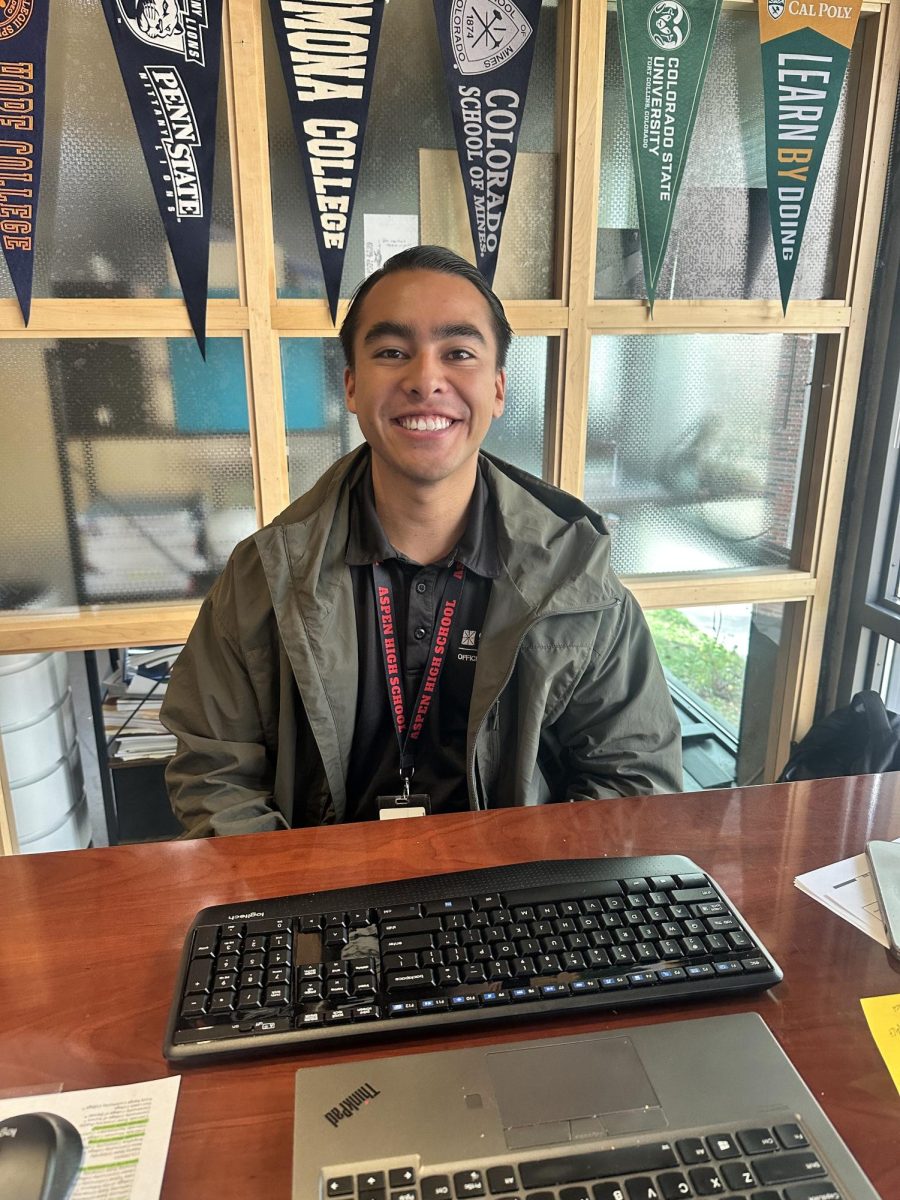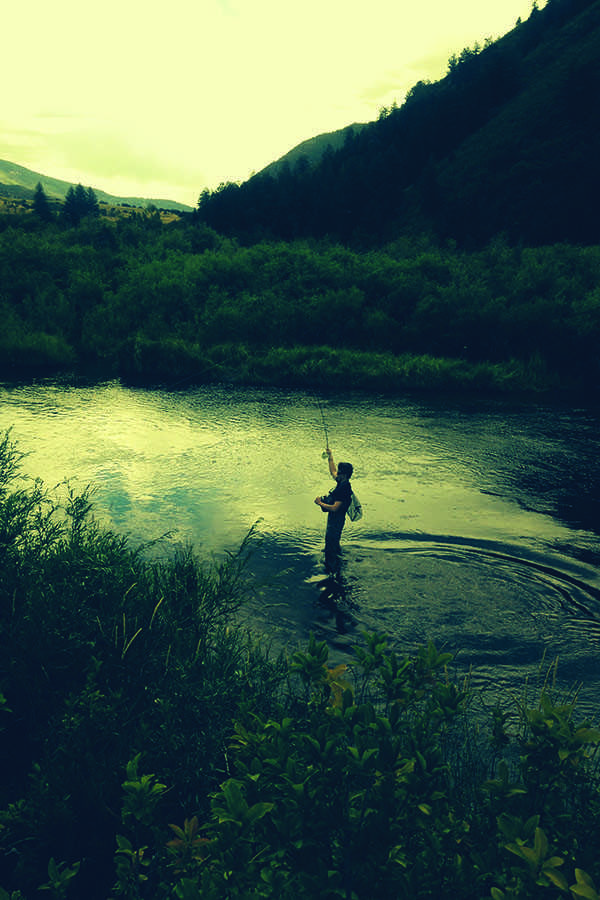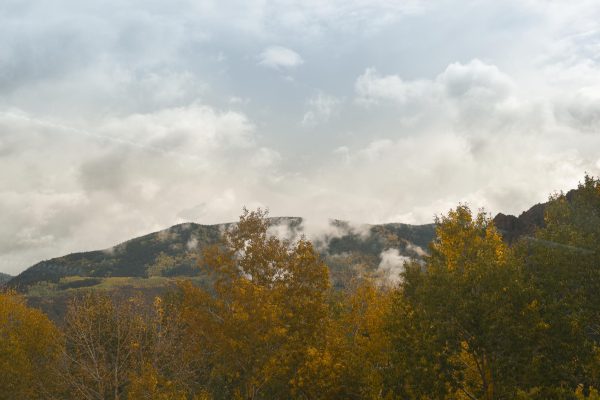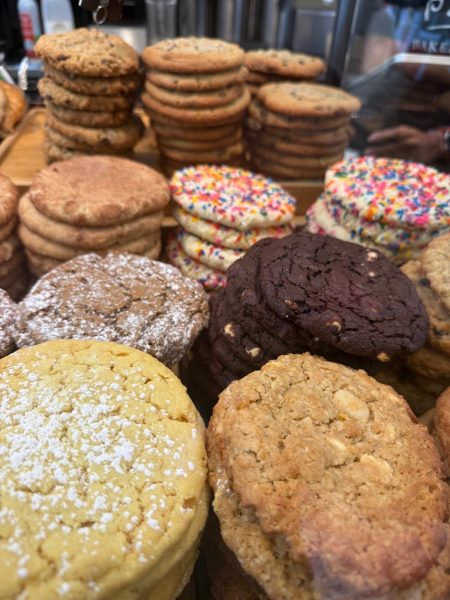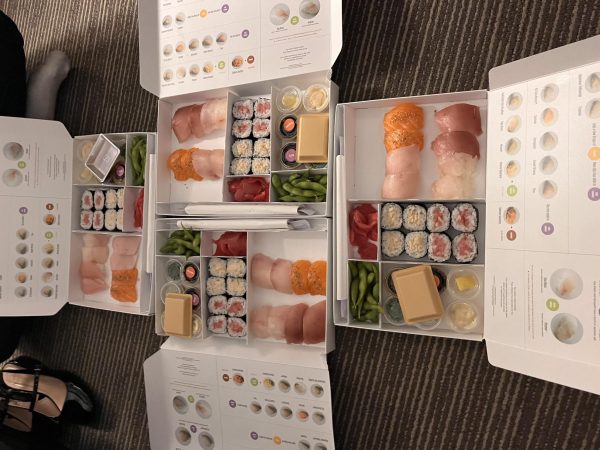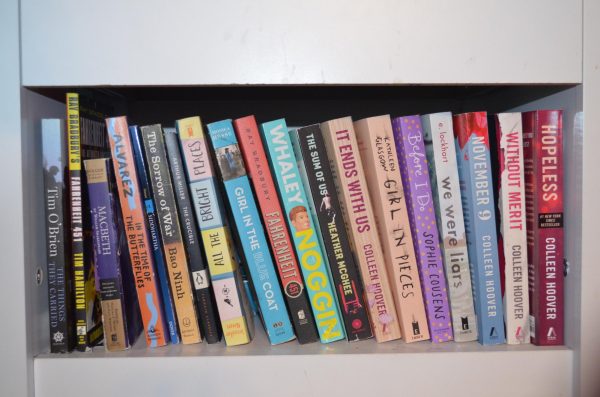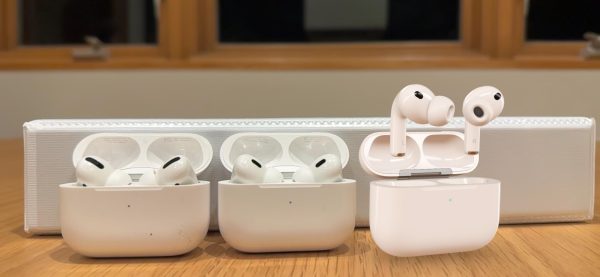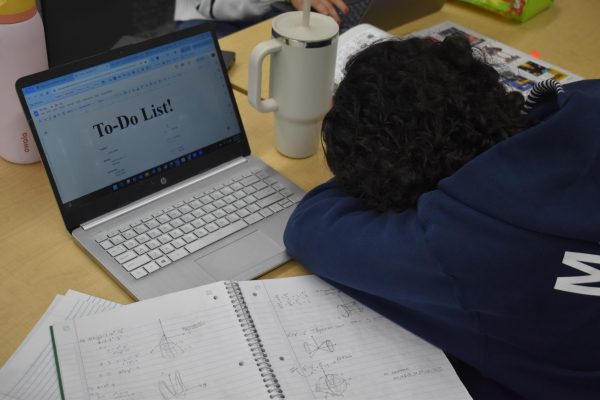Get Your Cast On: How to Get Into Fly Fishing
Myself hooked up on the Frying Pan River on a recent evening.
The sun was shining, and the fish were jumping; it was time to go fly fishing. Fly fishing is a great way to be outside for a long period of time, without taking a toll on your body. So, instead of staying indoors all summer and playing video games, I suggest that you start fly fishing. It may seem like a daunting task, but I will let you in on some of the secrets of the trade that I have learned over the years.
Step One: Find a Fly fishing Rod
This may seem like a simple task, but it’s important that you find a fly fishing rod that will not only help your cast but also won’t break the bank. A lot of rods are upwards of $500, but it’s possible to score one for under $50 dollars, if you go to the right store. When I first started fishing, I became a regular at my favorite store, Frying Pan Anglers, in Basalt. They have a friendly, helpful staff who are willing to talk about fishing and fishing equipment for hours and also a good selection of relatively cheap rods. If you’re looking for something closer to Aspen, I would suggest you head over to Aspen Sports or the Little Nell fishing shop (located under the Gondola). The best brand is Orvis, in my opinion, because of their light weight carbon rods, but if you are on a budget I suggest getting yourself a Greys rod. Greys rods are light, cheap and are great for a improving your cast.
Step Two: Get flies
No more worms on a hook for you. Now that you’re a fly fisherman, you will have to go to a fly fishing shop and learn about flies. Flies are threaded together with yarn, string, feathers and other materials in order to create an artificial insect that will attract a hungry fish. There are two main kinds of flies: wet and dry. Wet flies resemble insects when they are in their larvae stage and have not yet emerged from the water, which explains their name. Dry flies imitate mature insects that are found on top of the water, like dry flies resemble insects such as mature mayflies or blue-winged olives. Flies are a complicated science so it is best to ask the pros at a shop what is currently hatching and they will hook you up.
Step Three is Not Essential but Highly Recommended: Get Waders
If you are really serious about becoming an avid fly-fisherman, a good pair of waders (with no holes) is essential. Waders will allow you to wade into the rivers, without getting wet or cold, in order to position yourself perfectly to lure that big fish. If you aren’t willing to splurge on waders, then you should fish off of the shore, which is a compromise, but you can still catch some fish. Or, if you are both brave and agile, you can go into the frigid waters with your shorts and crocs. The truth is, if you’re looking to become an Olympic fly fisherman, waders will be vital. The best waders are made by Sage and by Orvis, but they are pricey. At Sports Authority, you can find inexpensive, generic-brand waders that will keep you just as dry.
The Most Difficult Step: Learn How To Tie Your Own Flies
This is definitely the hardest and the most tedious step of them all. You will need to learn how to tie your flies onto your super-thin fishing line. Even though this sounds easy, it is definitely not. You will have to take time to learn how to do this correctly or you will lose a lot of flies to the river, trust me. You need to practice this before ever going out onto the river.
Finally, Find a Fishing Spot
We are lucky to live in one of the fly fishing capitals of the world. We have some of the best rivers in the world for catching trout, so it won’t be too hard to find a spot that’s ideal for fishing. If you are looking for size and quantity, I would recommend the Frying Pan River in Basalt. The Frying Pan is very popular and crowded during the summer, but it is always possible to find a good spot for casting. If you are seeking solitude, strong fish, and incredibly beautiful surroundings, the Roaring Fork is the river for you. The Roaring Fork has a large population of wild brown and rainbow trout that will fight significantly harder then their Frying Pan counterparts. Finally, if you want to turn fishing into a workout, hike to a high-alpine lake to catch pure, wild cutthroats and brown trout. My favorite lakes include the pristine Cathedral Lake, where they have sizeable and beautiful cutthroat trout, and American Lake, which is full of medium-sized brown and cutthroat trout. I also like Lincoln Lake, which is near Independence Pass and requires only a short uphill hike, but is both picturesque and full of sporty, energetic trout.
My best suggestion is just to spend time on any of our rivers and enjoy yourself, even if you’re not fly fishing. Besides the trout, which are so beautiful when you finally pull them out of the river, it is common to see ducks, birds, foxes and even big horn sheep when you are out on the river. Get out there before you graduate.





